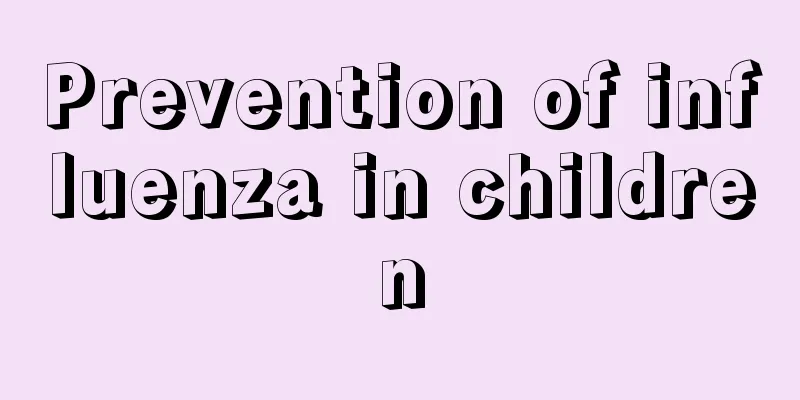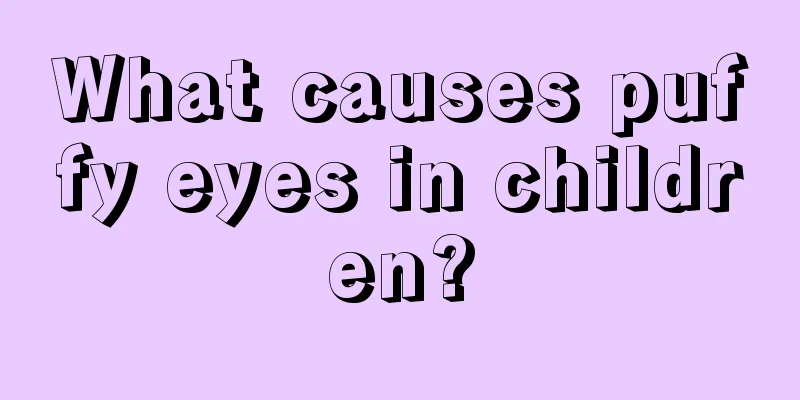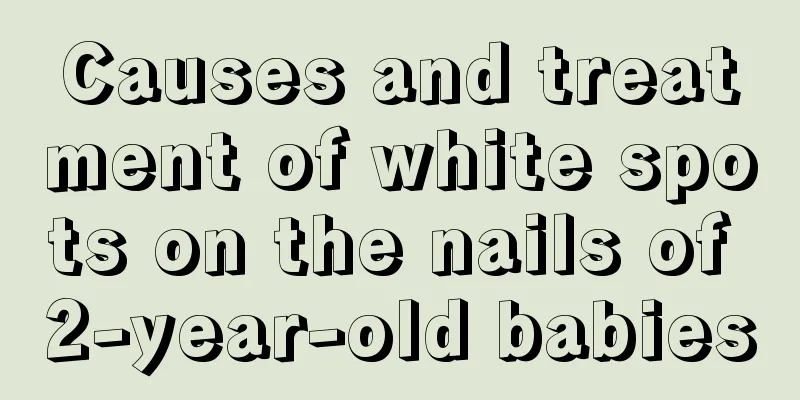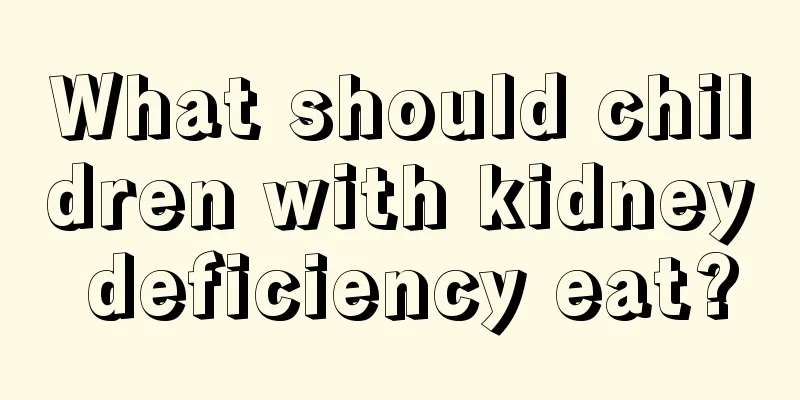Solutions to four types of accidental injuries to children
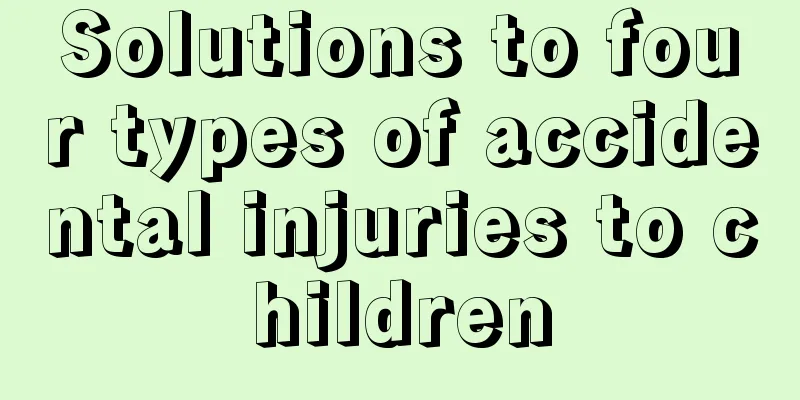
|
Fever in children Give more water, don't cover it When children have a fever, many parents who come to the hospital wrap their children in thick blankets. This practice is highly undesirable. Covering the child too tightly will increase the child's body temperature and make the child more prone to febrile convulsions. Generally speaking, when a child has a fever, parents can feed him more water. You can also wet a towel with warm water, wring it dry, and then wipe the child's forehead, armpits, and groin near the three major arteries to help cool down the child. But be careful not to wipe your child's chest or abdomen, as this will cause vasoconstriction, which is not good for the child. If the child has already had a high fever convulsion, which is called "seizure" in Fuzhou dialect, the child should be kept lying flat, and then the philtrum should be pressed with the fingertips. Then, a cloth strip wrapped with chopsticks should be stuffed into the child's mouth to prevent the child from biting his tongue. If vomiting occurs, make sure the child lies on his side or tilts his head to one side to prevent the vomit from choking the child. Parents should do these first and then send their children to the hospital for treatment in time. Foreign body inhalation Back tapping and abdominal pressing for different ages Children are more active and often inhale foreign objects, such as peanuts, small candies, etc. At this time, if parents can master some emergency treatment methods, they can buy precious time for rescue and treatment. On the contrary, if not handled in time, foreign objects may cause breathing difficulties for children and endanger their lives. If the child is still very young, in infancy, and foreign body inhalation occurs, back tapping can be used. Let the child lie prone between the parents' legs, and use the palm of your hand to tap between the baby's shoulder blades with appropriate force. This will allow the foreign body to be spit out as soon as possible. If the child is older, the child can be in a standing position, with the parent holding the child from behind, with the child's upper body tilted forward at a certain angle. The parent then makes a fist with one hand and presses the thumb side of the fist against the child's upper abdomen (slightly above the navel), and with the other hand holds the fist and squeezes the upper abdomen upward and backward. The squeezing action should be quick and relaxed immediately after compression, which can also cause the foreign body to be spit out. Child scald Don’t use toothpaste or soy sauce randomly Accidental injuries such as burns, abrasions, and fractures are common among children, so it is necessary for parents to master some first aid care knowledge. In fact, many parents often adopt some wrong handling methods, which are not conducive to the child's condition. When children get scalded, many parents believe rumors and smear toothpaste or soy sauce all over the children. In fact, these methods are all wrong. Except for acid-alkali corrosive burns and scalds, if children encounter some small-area mild burns, they only need to be continuously rinsed with running water. In serious cases, the patient should be sent to hospital for treatment as soon as possible. If the child is injured or fractured, be careful not to move him/her at will. When some parents see their children fall, they can't wait to pick them up to see where they are injured. This is a very wrong approach. Most children's fractures occur in their limbs. Parents can find wooden boards, branches, etc. nearby to fix the two ends of the fracture. If it is an open fracture and the amount of bleeding is relatively large, parents should also use shoelaces, tape, etc. to tie up the upper end of the bleeding point to stop the bleeding, but be careful to untie and relax for 1-2 minutes every hour. Child sprained Don't rush to rub and massage Sprains often occur in the wrist, ankle and other parts of the body. The skin becomes bruised and swollen, local tenderness is obvious, and the injured joint cannot rotate. The first thing parents should do is to limit the movement of the injured joints, especially after an ankle sprain, the calf should be elevated. Early treatment should be cold compress, and then hot compress after 48 hours to accelerate blood circulation and reduce swelling. Physical therapy can also be performed if conditions permit. In addition, after a sprain occurs, you should pay attention to whether the joint ligaments are torn, fractured, or dislocated. Young children are prone to radial head subluxation. When the child is in unbearable pain and the affected arm cannot move, he or she should go to the hospital for diagnosis and treatment. |
<<: Seven bottom lines that children cannot tolerate
>>: 6 signs to prevent baby's illness
Recommend
What to do if your child has poor digestion
The stomach and intestines are part of the digest...
What soup can children drink to grow taller
Paying attention to your daily diet can help you ...
Why does my five-month-old baby sleep so little?
Why does a five-month-old baby sleep short? This ...
How much does a two month old baby weigh?
There are many issues that we need to pay attenti...
What medicine should children take for rhinitis and cough
Children's cough caused by rhinitis has a hig...
How to treat children’s nasal congestion quickly?
If a child has a stuffy nose, it is most likely c...
What causes juvenile rectal polyps?
Polyps have always been a disease that people are...
Nutritional recipes for 6-year-old babies: health is the most important
Nowadays, parents are actively concerned about th...
Will the fetus have renal pelvis separation?
If the fetus does not develop well or the mother ...
Traditional Chinese medicine treats tonsillitis in children, these prescriptions should be kept well
If a child suffers from tonsillitis, some common ...
Is it normal for a newborn baby to have a temperature of 37 degrees?
Since body temperature plays an important role in...
What is the disease that causes wheezing in children?
If there is a child in the family, any physical c...
How far can a two-month-old baby see?
When the baby is two months old, many mothers sta...
How to prevent babies from getting sick after six months?
Feeding a baby is a careful task, because the bab...
What are the good foods for children to take to supplement vitamins?
Children need a lot of nutrients during their gro...



